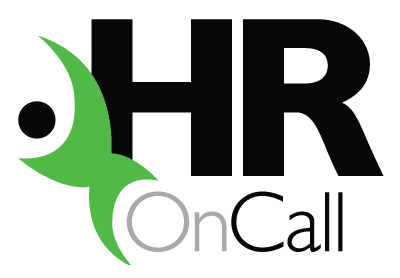As an employer, you know the roles and responsibilities of every job in every department. You understand just how important it is to define each position in a clear and inclusive way.
But if actually writing all that down is too daunting, or you're just too stretched, this guide can help you craft a fit-for-purpose job description which really cuts through.

What is a position description?
Position description, job description, role description – they all mean the same thing. This is a document stating the job title, type (full-time, part-time or casual) and responsibilities. It also defines the skills, qualifications and work experience needed to carry out the role effectively.
Job descriptions help candidates understand the duties and responsibilities of the job in question. Yet they also help employers drill down into the true purpose of each role, so they can tailor the position to better meet their business needs.
Why is a job description so important?
A well-crafted position description should supply all the relevant background and detail a candidate needs. This will ensure you:
- Attract the most qualified and suitable candidates.
- Meet expectations of the job and candidate.
- Keep your employee on track and accountable.
- Promote greater productivity and job satisfaction.
- Help cover your employer regulatory requirements.
How do I write a good one?
The best job descriptions tick every box in terms of detail, accuracy, tone and appeal. Here are some key pointers to help you nail it.
- Choose a job title that is short, clear and recognised within your industry.
- Give an overview that sums up the job’s main functions in two or three sentences.
- Keep your language clear and professional, steering away from superlatives and exaggeration.
- Condense key job functions into half a dozen punchy bullet points, avoiding lengthy and boring lists.
- Highlight the more exciting and appealing aspects of the position, emphasising its potential.
- Ask employees for help with framing the job description, making it more accurate and immediate.
- Outline your company culture in the text, to attract quality applicants who will be a good fit.
- Check the job description for bias and potential discrimination, with a focus on diversity and inclusion.
- Stand out by encouraging video applications or including a video which explains the position.
What are job expectations?
It’s also advisable to set out clear job expectations, above and beyond your position description. These create a strong hiring framework, helping you manage your candidate once they are employed in the new role.
The better your employee understands what is expected of them, the more likely they are to meet the brief and perform well.
Match up job demands to the products and services your business provides. Think about how the worker’s role will affect the organisation as a whole. Define the unique function it serves and how it can be improved.
Set up your framework properly and you are primed for success. The right HR consultant can help small and medium sized business define both expectations and position descriptions.

